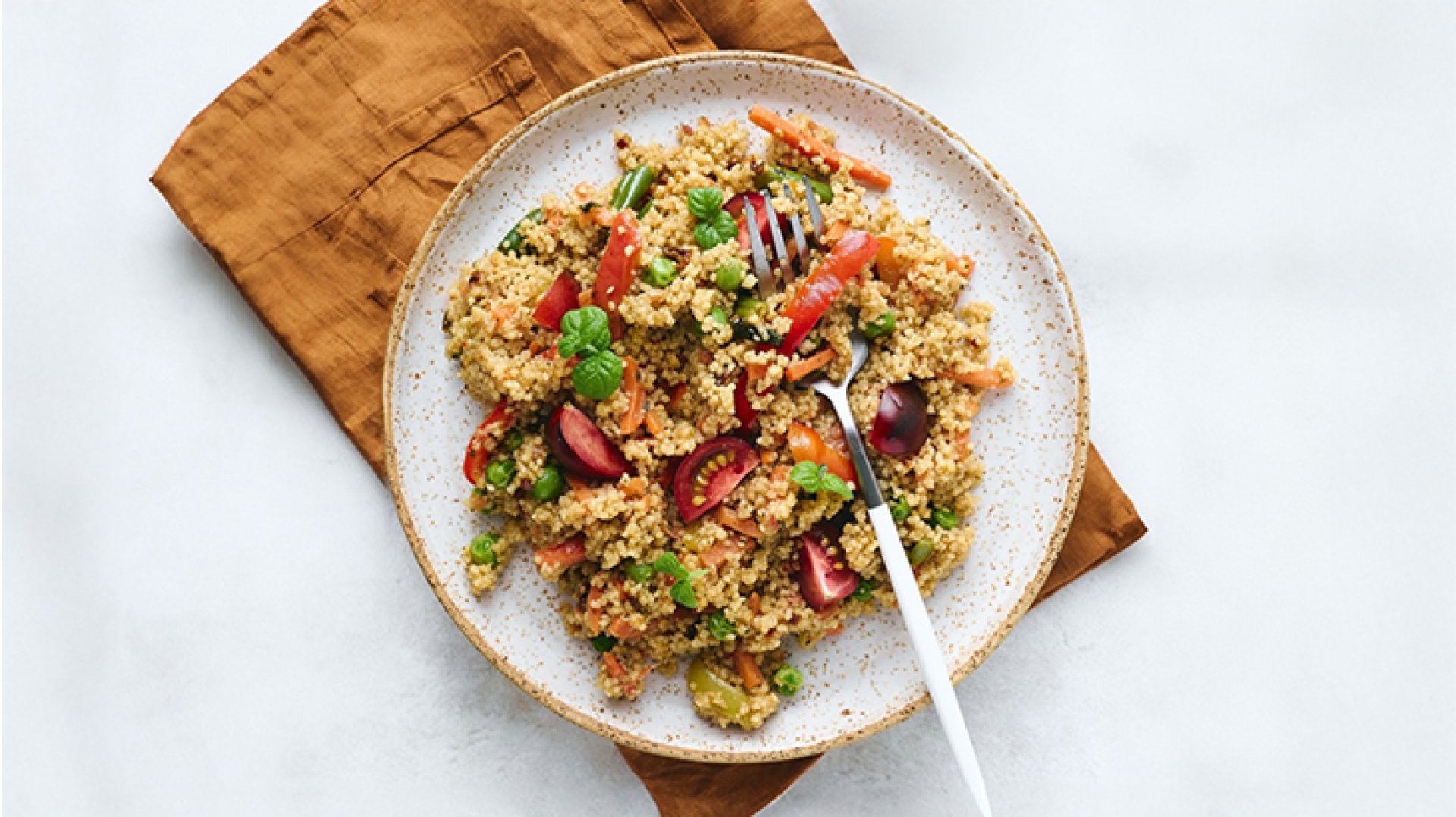Couscous

When discussing popular dishes in the Middle East and North Africa, Couscous undoubtedly stands out as a staple food rich in history and cultural significance. Couscous is not merely a grain; it is a culinary creation made from semolina, a type of flour derived from ground durum wheat. This semolina is steamed until it forms small, fluffy granules resembling rice, possessing a unique texture and subtle aroma that sets it apart from traditional grains. It is highly versatile, making it a beloved ingredient in various cuisines.
Tracing the Origins of Couscous: From Berbers to a Global Heritage
The history of Couscous dates back thousands of years, originating with the Berber people, an indigenous group who inhabited the regions now known as Morocco, Algeria, Tunisia, and Libya. Historians have unearthed traces of Couscous in burial sites from the 3rd century BCE, during the reign of Masinissa, the Berber king of Numidia. This represents the earliest known evidence of its consumption.
Archaeological findings include ancient cooking utensils that strikingly resemble modern Couscous steamers. Historians believe that Couscous likely evolved into a highly beneficial food, critically important for the Berber way of life. Semolina, being a coarse ground wheat, was a filling, versatile, and, crucially, easily preservable food. This made it ideal for nomadic tribes to carry on long journeys, showcasing the ingenious food management practices of their ancestors.
The Spread of Couscous: Crossing Borders and Civilizations
As North Africa became a crossroads of various civilizations through trade and migration, Couscous began to spread far beyond the Berber communities. The Arab conquests of the 7th and 8th centuries played a pivotal role in introducing Couscous to the Middle East and the Mediterranean, establishing it as a staple food that gained widespread popularity.
By the 13th century, Couscous had become highly popular in the Moorish kingdoms of Spain. The Moors, original Berbers who had migrated to Spain, carried Couscous with them to various other locations, including Italy, France, and Israel, after the fall of the Moorish kingdoms and their subsequent dispersion due to persecution. This further propelled the spread of Couscous across Europe and other regions.
It was during this 13th century that numerous Couscous recipes began to emerge. The French historian Maxime Rodinson discovered many such recipes in Arabic cookbooks titled Kitab al-Wusla ila al-Habib, Kitab al tabikh, and Fadalat al-khiwan, reflecting the diversity and evolution of Couscous during that period.
As Couscous gained popularity in Europe, it was rapidly embraced and adapted to local tastes, becoming a symbol of cultural exchange between North Africa and Europe. This demonstrates the power of food to connect people and cultures.
Couscous in Culture and Regional Diversity
Couscous holds immense cultural significance in North Africa, often prepared and consumed on special occasions such as weddings, birthdays, and religious holidays. It symbolizes celebration and the coming together of family and community.
Furthermore, Couscous varies in form and flavor across different North African countries:
- In Morocco: Couscous is typically served with a medley of mixed vegetables and meats like lamb or chicken, seasoned with saffron and various spices, resulting in a fragrant and mellow flavor profile.
- In Tunisia: Couscous tends to be spicier, often prepared with Harissa, a Tunisian chili paste, and served with seafood or lamb, reflecting a preference for bolder flavors.
- In Algeria and Libya: Both have their own unique flavors and preparation methods, contributing to the rich tapestry of Couscous variations.
In 2020, UNESCO recognized Couscous as a culturally significant food, adding it to the list of Intangible Cultural Heritage of Humanity. This declaration underscores the deep-rooted tradition of Couscous preparation in North Africa and its importance as a cultural symbol of the region.
Couscous in the Modern World: Healthy Eating and Diverse Options
Today, Couscous is widely popular in North America, South America, and other parts of the world. It has gained traction as a healthy food option due to its numerous benefits: it is low in fat and high in fiber, making it an excellent choice for those aiming to manage their weight or maintain overall health.
Beyond traditional semolina, Couscous can also be made from other grains, such as barley or corn, to accommodate those with gluten sensitivities and diverse culinary preferences. This adaptability has made Couscous an accessible food that seamlessly integrates into modern lifestyles.
You can find high-quality Couscous as well as other essential ingredients for creating delicious Couscous dishes at all Rimping Supermarket branches. We invite you to experience the unique flavors and rich cultural heritage of this remarkable food.


